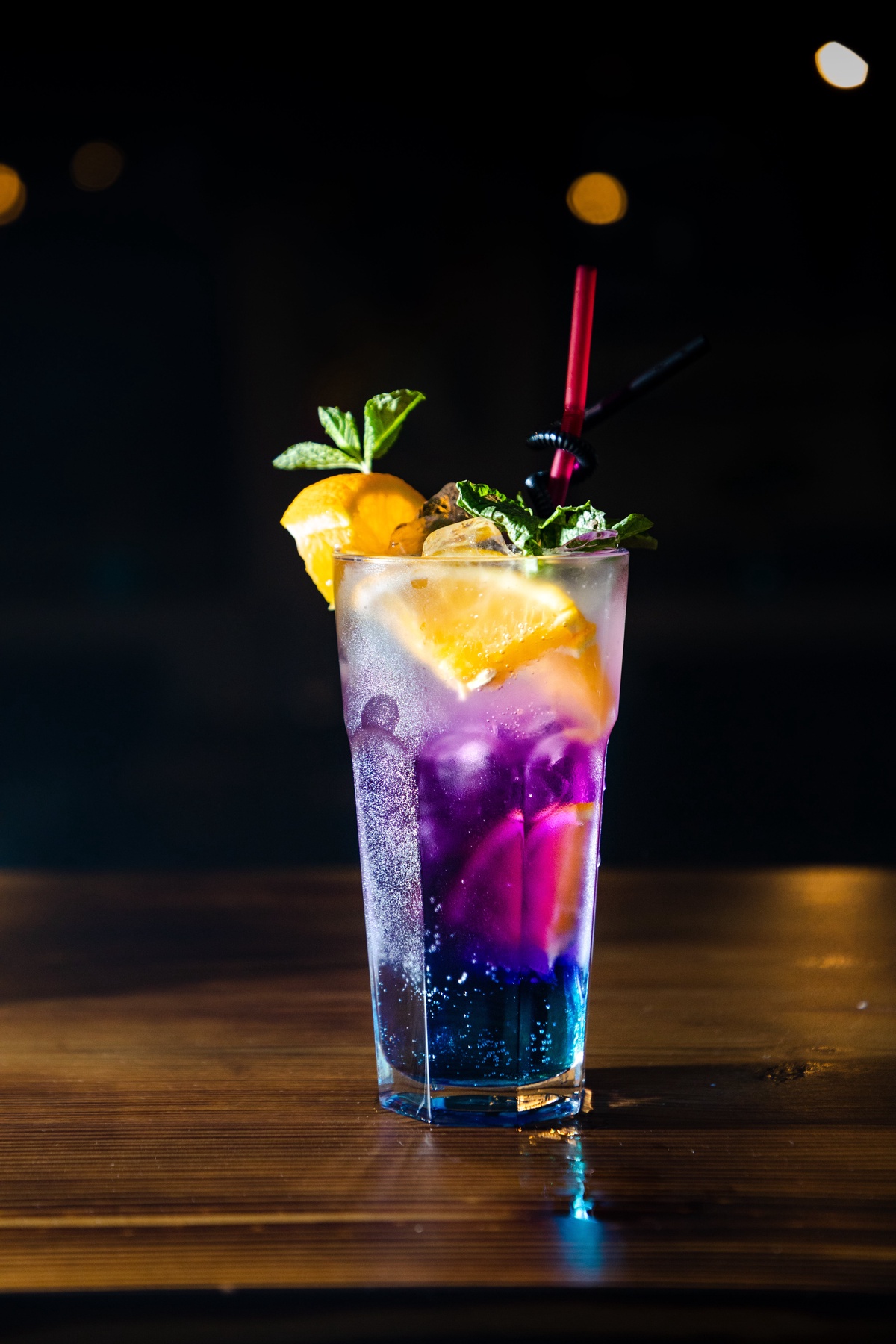When it comes to sustainability practices, the wine industry may not be the first that comes to mind. However, in recent years, wineries around the world have been taking steps towards a greener future. One of the ways they are doing this is by replacing traditional glass bottles with wine boxes. These boxes, also known as bag-in-box packaging, offer numerous environmental benefits and are becoming increasingly popular among both winemakers and consumers. In this article, we will explore how wine boxes are contributing to a greener future.
The Environmental Impact of Traditional Wine Bottles
Traditional wine bottles have long been the staple of the wine industry. However, they come with a hefty environmental impact. The production of glass bottles requires significant amounts of energy and resources, including sand, soda ash, and limestone. Additionally, the transportation of heavy glass bottles requires more fuel, contributing to greenhouse gas emissions.
Introducing Wine Boxes
Wine boxes, on the other hand, offer a more sustainable alternative to traditional wine bottles. These boxes consist of a collapsible bag, usually made from polyethylene, encased in a cardboard box. The bag is designed to prevent oxygen from reaching the wine, ensuring its freshness for an extended period.
Reducing Waste and Carbon Emissions
Wine boxes have another significant advantage over traditional wine bottles: their ability to reduce waste. The bag-in-box packaging is designed to minimize oxygen exposure, which prevents oxidation and extends the wine's shelf life. As a result, consumers can enjoy wine over an extended period, reducing the likelihood of wastage.
Increasing Popularity and Consumer Perception
Wine boxes are not only environmentally friendly; they are also gaining popularity among consumers. In recent years, wine boxes have shed their negative perception of being associated with low-quality wines. Many wineries are now packaging their premium wines in boxes, attracting a wider range of consumers.
Conclusion
As the wine industry continues to prioritize sustainability, wine boxes are emerging as a greener alternative to traditional glass bottles. The lightweight design, extended shelf life, and reduced carbon emissions make wine boxes an attractive option for both wineries and consumers.


No comments yet